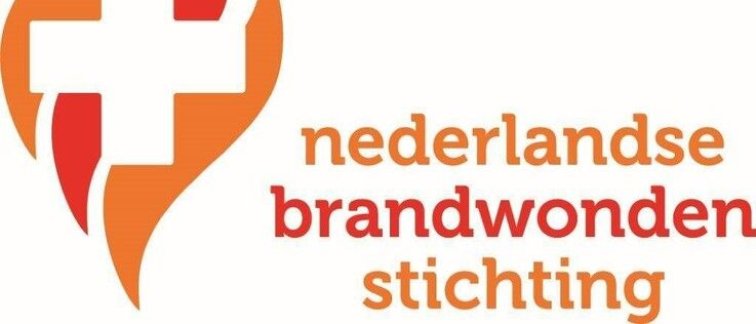Ibrahim Korkmaz has been awarded a grant for a research technician on his Hydrogel project by the Dutch Burns Foundation.
After injury to the skin, tissue repair involving extracellular matrix (ECM) deposition within the dermis results in scar formation. The human dermis contains many different ECM proteins e.g. collagen (type I and III), elastin, proteoglycans and glycoproteins. Fibroblasts are the most abundant cell type within the dermis and their primary role is to secrete ECM components. Both migration of fibroblasts into the wound bed and the deposition of the ECM proteins determine the final quality of the scar with negligible scaring occurring in superficial wounds.
Current dermal templates used in the clinic only contain a limited number of ECM proteins e.g. collagen-elastin or collagen-glycosaminoglycan, and are produced in dermal sheets which are difficult to place and cover the wound bed. In addition, these dermal templates often contain animal components.
Currently rat tail collagen is the golden standard hydrogel for reconstructed human skin (RhS) models. It enables fibroblasts to grow as single cells in 3D similar to in human dermis. However, this model also has disadvantages. The hydrogel contains animal derived components (i.e. rat tail collagen), consists of a single animal derived ECM protein, the RhS shrinks with extended time in culture, and moreover it is not representative of human dermis and is not suitable for use in the clinics.
- Title project: Human extracellular matrix based hydrogel for clinical applications and organotypic skin models.
- Total grant: €265.000.

